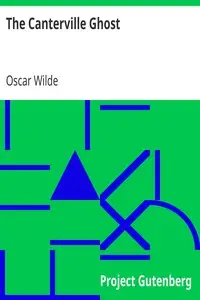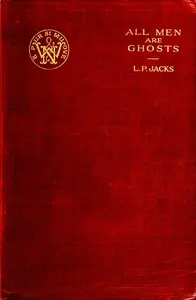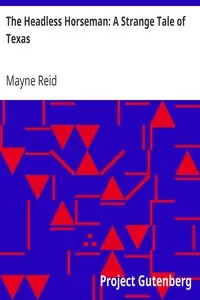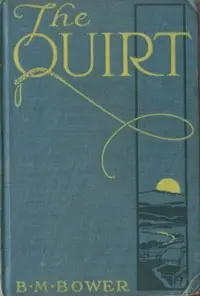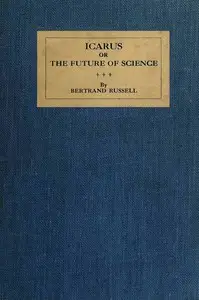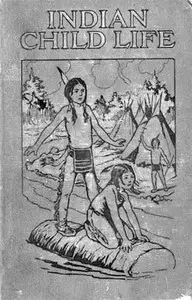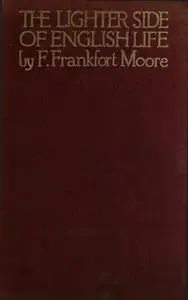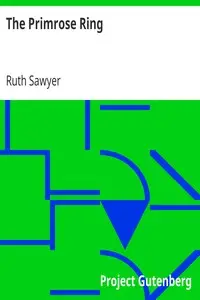"The Ghost of One Man Coulee" by B. M. Bower is a captivating Western story tinged with the supernatural set in the early 1900s. It centers on the legend of a ghostly fiddler named Olafson, who supposedly returns to a deserted shack on moonlit nights to play a sad tune, igniting a passionate debate about ghosts among a group of cowboys called the Happy Family. The story follows their playful challenges and bravado, culminating in a daring bet where one of them, Miguel, has to enter the haunted cabin at midnight to recover Olafson's olives. As Miguel enters the shack, the suspense builds as the ghost tale turns into a reality, leading to a climax that leaves the cowboys in a state of awe and fear, mixing humor with a bit of an unsettling supernatural event.
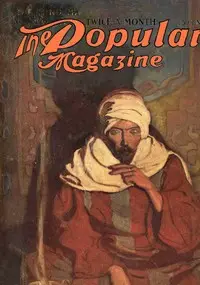
The Ghost of One Man Coulee
By B. M. Bower
Amidst playful banter, a group of cowboys confront a chilling legend when one dares to spend a night in a haunted shack, where a ghostly musician is said to play his sorrowful song.
Summary
About the AuthorBertha Muzzy Sinclair or Sinclair-Cowan, née Muzzy, best known by her pseudonym B. M. Bower, was an American author who wrote novels, fictional short stories, and screenplays about the American Old West. Her works, featuring cowboys and cows of the Flying U Ranch in Montana, reflected "an interest in ranch life, the use of working cowboys as main characters, the occasional appearance of eastern types for the sake of contrast, a sense of western geography as simultaneously harsh and grand, and a good deal of factual attention to such matters as cattle branding and bronc busting." She was married three times: to Clayton Bower in 1890, to Bertrand William Sinclair in 1905, and to Robert Elsworth Cowan in 1921. However, she chose to publish under the name Bower.
Bertha Muzzy Sinclair or Sinclair-Cowan, née Muzzy, best known by her pseudonym B. M. Bower, was an American author who wrote novels, fictional short stories, and screenplays about the American Old West. Her works, featuring cowboys and cows of the Flying U Ranch in Montana, reflected "an interest in ranch life, the use of working cowboys as main characters, the occasional appearance of eastern types for the sake of contrast, a sense of western geography as simultaneously harsh and grand, and a good deal of factual attention to such matters as cattle branding and bronc busting." She was married three times: to Clayton Bower in 1890, to Bertrand William Sinclair in 1905, and to Robert Elsworth Cowan in 1921. However, she chose to publish under the name Bower.


